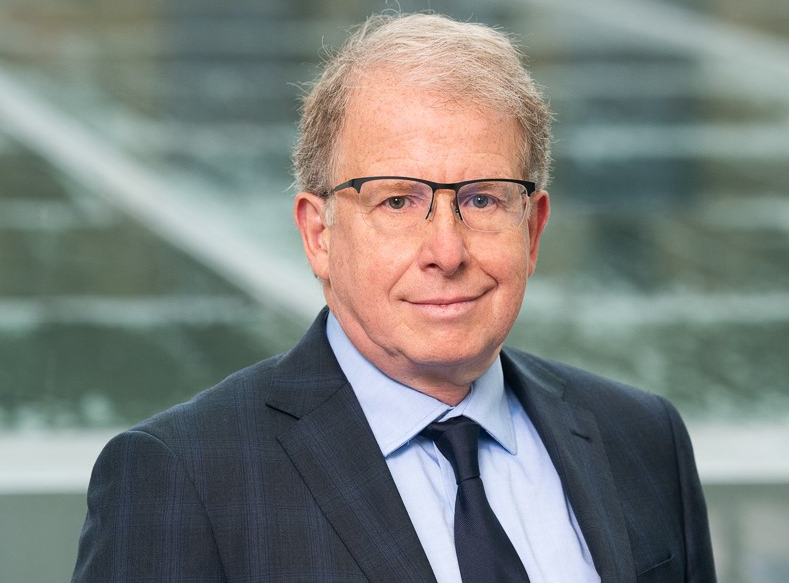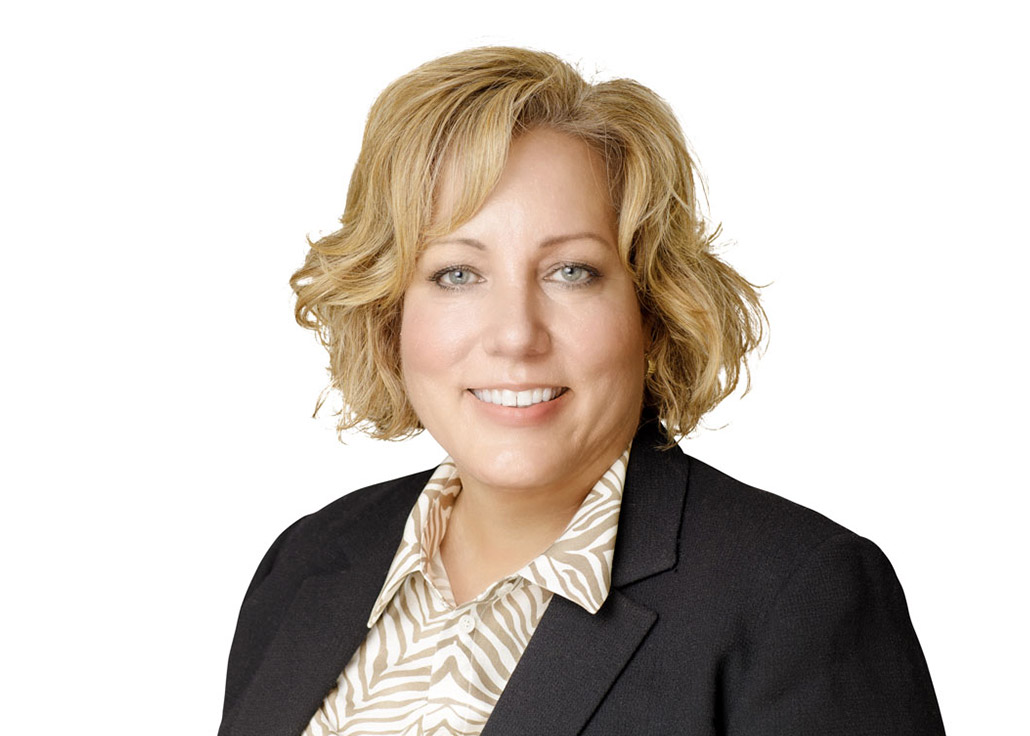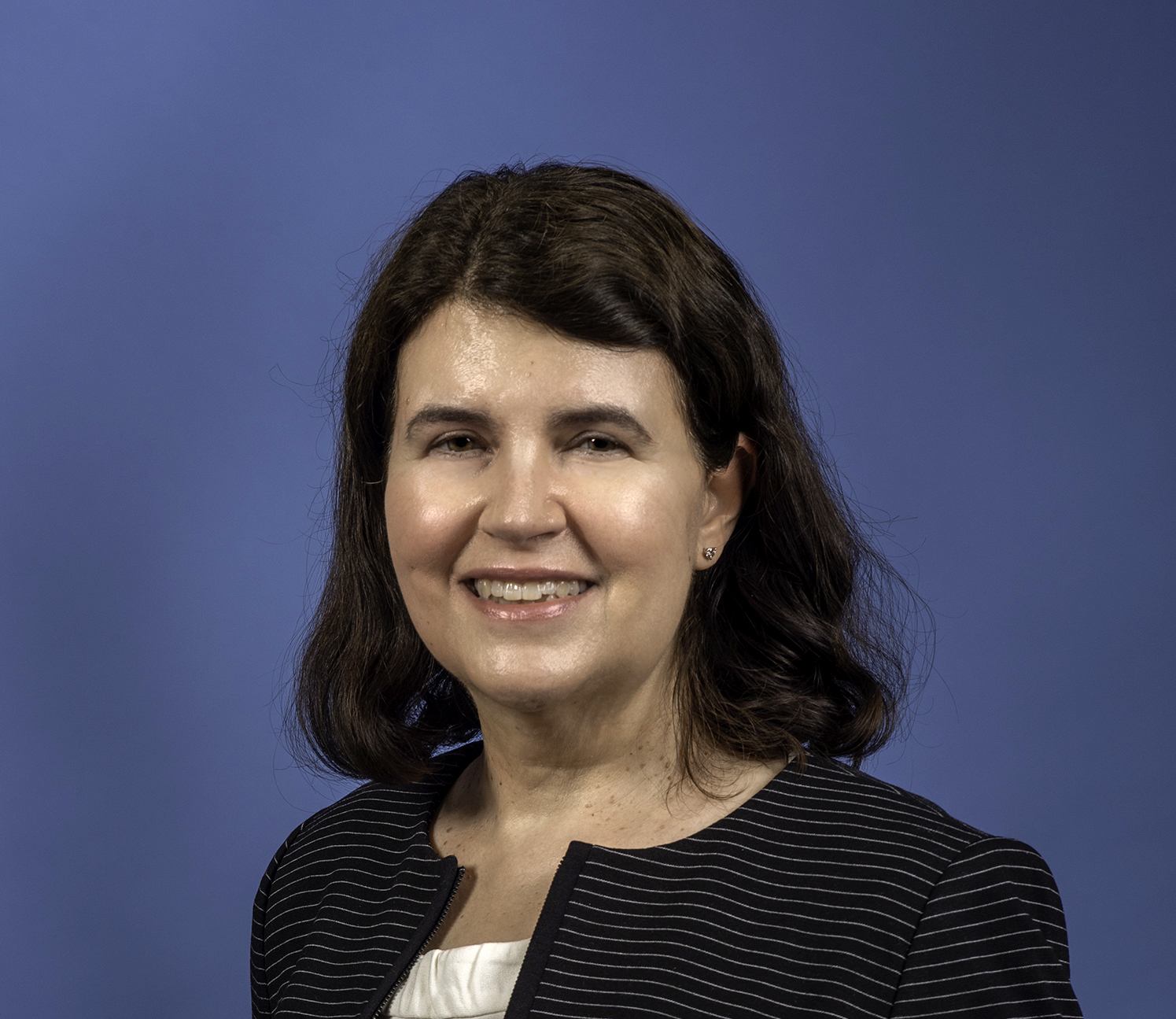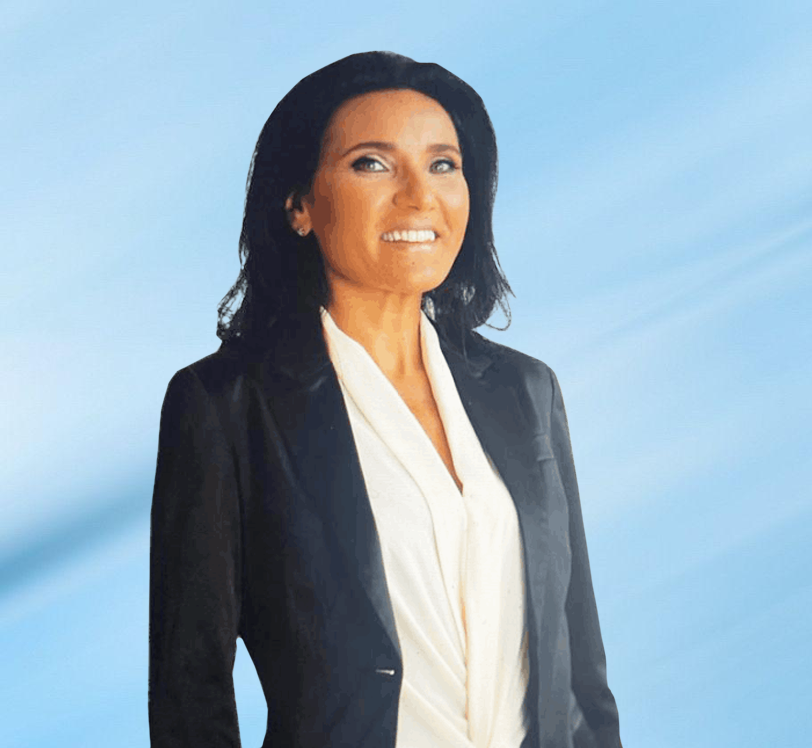Patrick Riley is Senior Vice President, Artificial Intelligence at Relay Therapeutics. His considerable background in Computer Science and early involvement with the emerging technologies for AI and its surrounding space have been accumulated from his career at Google, and through collaborations with a wide breadth of fields in the natural sciences. We talked to him about the current progress of AI in the pharmaceutical industry and its prospects, and challenges, for the future.
PF: It’s a pleasure to have you with us, Dr. Riley. You have a rather long background in Computer Science – with a PhD in the field, and then a career with Google for 16 years, you have been in the field during some of its most transformational years. Are there any particularly formative experiences or achievements you look back on that led to your involvement, and interest, in Relay Therapeutics?
PR: It’s good to be here with you. I always had a rather strong interest in Artificial Intelligence (AI) – since my undergraduate days in Computer Science. That passion drove me through my Ph.D. It was only in the latter half of my career at Google that I had started actually working on the interface of AI with the other sciences. During that time, I had the opportunity to collaborate with a plethora of scientists from a large breadth of fields. However, it was the intersection of AI with chemistry that truly captivated me out of those collaborations. The combination of perfectly well understood physical theories and the challenges they faced from less well understood, emergent phenomena was truly fascinating to me. I would not say this occurred in a singular moment; it was a rather gradual process that progressed from traditional chemistry to drug discovery chemistry, through a variety of experiences. This included my opportunity to work on virtual screening, machine learning models for quantum chemistry, density functional theory and the design of neural networks for chemical problems. I would say these provided the most formative experiences to fan the flames of my interest in drug discovery, and really motivated me to make the move to Relay Tx where I felt I could translate this interest to real world applications.
PF: What made you decide to switch to a more therapeutics-related field of computer science? Did you feel that this was perhaps the noblest approach to make a lasting positive impact through the application of your extensive data science knowledge?
PR: Indeed – chemistry can span a wide array of fields, and AI can be valuable in all of them. But I did not merely want to perform purely academic research – I wanted to affect people and the real world, and perhaps make a positive impact through something more substantial than just an idea. This is a large contributing factor for why I ended up in drug discovery – it combines some of the most fascinating academic aspects of chemistry with highly significant real world impacts. Although, admittedly, even after I became aware of this being the direction I was interested in pursuing, finding the right time and place to do so was challenging. I feel like my move to Relay Tx was sort of a “the stars have aligned” moment – I had known Pat Walters and have held a great amount of respect for him and his practical approach. Relay Tx had already shown the merging of computational and experimental approaches in a holistic manner that delivered molecules into the clinic. I knew that if I did good computational and AI work at Relay Tx, it would be used to deliver molecules to hopefully one day impact patients. That is what inspired me with the confidence to jump over.
PF: Artificial Intelligence has been en vogue throughout any field of industry or science that could reasonably interface with it – with speech and image recognition being particular highlights. Many feel that its progress and the adoption of AI in pharmacology has been slower – do you agree? And why do you think that is?
PR: We really got to see this trend of AI coming into many scientific fields at Google. When we started, it really was not what everybody was talking about; we experienced its growth first-hand, throughout many fields. One of the many factors that may have influenced its slower adoption in drug discovery is how the field is multifaceted itself: there isn’t any singular problem, or even type of problem, in drug discovery that needs to be solved. There isn’t one algorithm or model that needs to be developed to suddenly improve the entire process, whereas I think the areas you mentioned – speech and image recognition – face somewhat more uniform challenges within their own space. Drug discovery simply has so many different problems that have to be tackled. As such, I think part of the reason that progress may seem slow is that there isn’t one result anyone can point to as a watershed moment for AI in the field. To be clear, I do not think that we will ever have that, either. But if we look at the whole process so far, we can see its increasing presence and incremental improvements in the field – in target identification, lead optimization, pharmacokinetics, patient selection, diagnostics, disease monitoring, etc. AI is simply permeating throughout the entire process, and I think we will see a groundswell rather than a watershed moment.
PF: Drug Discovery has proven to be one of the fastest growing fields for the application of AI in the industry – this is not particularly surprising, given that it has always been bottlenecked by computational resources and capacities. But other areas are also seeing huge improvements – translating AI’s capabilities for image recognition to visual diagnostics, for example. What other applications do you foresee being significant?
PR: Certainly with image diagnostics and radiopathology, the applications can be obvious. We will see huge impacts there I expect. In fact, some of my former colleagues from Google have done amazing work with fundus imagery for diabetic retinopathy and other modalities. I think this is only part of a trend we see in those fields, which I expect to continue. The other area I feel has particular potential, and we have also seen some growth in this area recently, is using AI to understand and screen medical records. The obvious applications for such a method in the short term is improving patient selection, such as those we see in immuno-oncology or targeted therapies in general. This can create a positive feedback loop that can enable us to better understand treatments, and treatment responses themselves. Obviously, there are challenges in expanding AI to these fields – data quality and standardization are critical, particularly as patient records tend to be infrastructurally fragmented and heterogeneous in nature. This will not only require hard work, but also cross-industry and regulatory collaboration.
PF: While Artificial Intelligence is obviously still an advancing technology, what other advancements do you feel would turbocharge the field to even greater heights? Perhaps Quantum Computing? Any other directions?
PR: A direction I would like to see more of is in the AI field itself. In the recent past we have seen a trend towards bigger models, with a growth in their complexity. I think, intellectually and instinctively as humans, we really appreciate simple models and explanations for things, but AI is not currently progressing towards that space. I feel it would be much more fruitful if we took a step back and re-oriented ourselves towards the beauty of simplicity. A truly parsimonious model is more than just about convenience; compactness lends itself to clearer reasoning about the model and suggests experiments to probe the model’s limits. One of my favorite examples of compact models is the basic fundamentals and theory of quantum mechanics – which are all based upon a very compact, small set of rules. The implications of those rules are quite complex. I find beauty, and practicality, in similar models in AI – small, simple on the face of them, but with complex implications.
PF: AI does pose multiple regulatory and even philosophical questions. How do you feel the regulatory landscape should adjust to the growing prominence of the technology in the coming years – within pharma, but also beyond it?
PR: Fortunately for all of us, the sub-field of AI ethics is growing in importance and attention. This is key to the long-term future of AI and the complex questions it raises. The questions posed combine political, ethical but also technical concerns. Questions such as “What does it mean for an AI model to justify its prediction?” may seem simple enough at first glance, but if one pauses for a moment and really contemplates the full nature of the question, much deeper concerns arise. What standard of confidence should we really have before allowing an AI model to function in ways that can direct people’s lives – particularly in medicine? And once the model is out there, we have questions about monitoring and maintaining it. Some of these decisions need to be fundamentally human decisions, and these need to be drawn out and our boundaries made plain, on a societal level. Doing so will require communication and partnership from all involved stakeholders – technologists, ethicists, politicians, regulators, and the rest.
PF: You will be speaking at Proventa International’s Medicinal Chemistry Strategy Meeting in Boston this year, where you will be facilitating a discussion on the role of AI in compound design and synthesis. Are there any insights you would like to share prior to the event? Are you looking forward to resuming physical meetings to exchange ideas among peers?
PR: I am very much looking forward to the meeting – I always appreciate rich in person discussions. Last fall I had my first opportunity to provide an in-person talk since the beginning of the pandemic and it was an amazing experience to be able to exchange insights and ideas with peers. It is such an improvement from talking to a screen over Zoom. For the meeting itself, on compound design and synthesis, I want to emphasize how this will be a human-machine partnership for the perceivable future. The questions we need to explore are around the distribution of roles and responsibilities in that partnership, and the responsibilities that we think machines can be burdened with at the time being. And, of course, how we structure the problems we expect machines to work on in a way that can lead to functional and effective solutions.
José María De Uriarte Díaz, Head of Production, Proventa International
Nick Zoukas, Former Editor, PharmaFEATURES
Join Proventa International’s Medicinal Chemistry Strategy Meeting in Boston, 2022, to participate in closed roundtable discussions on the bleeding edge of the field, including the role of AI in drug discovery and chemistry as a whole. Exchange ideas and meet some of the leading experts in the area and seize the opportunity to share your own thoughts with industry stakeholders.

Subscribe
to get our
LATEST NEWS
Related Posts

Interviews
Innovating the Canadian Biotech Sector with Joseph Mancini, adMare BioInnovations
With a wealth of globally-competitive scientific discovery, Canada is primed to lead the life sciences world. adMare is here to make that a reality!

Interviews
Leveraging Technology to Accelerate Trial Recruitment with Colleen Hoke, ObjectiveHealth
Utilizing proprietary technology, processes and trained on-site personnel, ObjectiveHealth delivers significant advances in the conduct of clinical research.
Read More Articles
Synthetic Chemistry’s Potential in Deciphering Antimicrobial Peptides
The saga of antimicrobial peptides unfolds as a testament to scientific ingenuity and therapeutic resilience.












